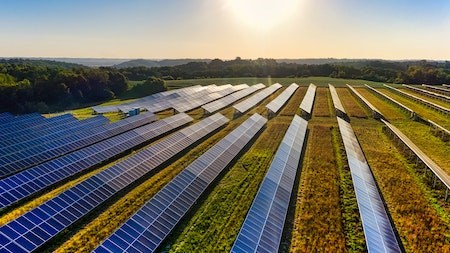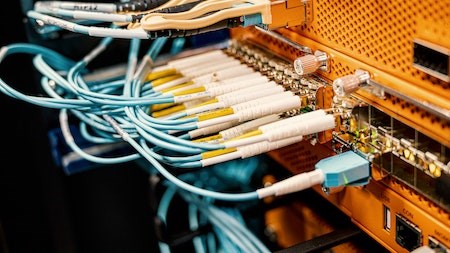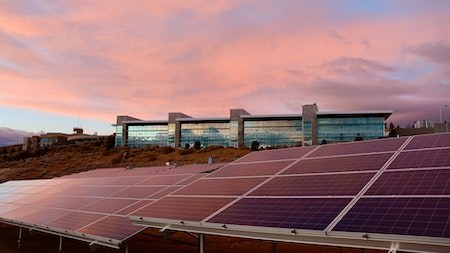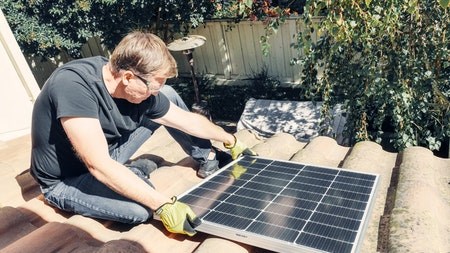There are some 15 large solar farm projects in South Africa and more than 100 independent power producers in the Northern Cape alone, with some 20 connected to the grid. With talk that properties positioned close to such farms may increase property values, a study undertaken by Lawrence Berkeley National Laboratory in the United States has categorically found that this is not the case. In fact, according to its research, houses positioned within a kilometre of a utility-scale solar farm 'have resale prices that are, on average, 1.5 percent less than houses a little further away.
The reasons are varied but not comprehensively defined. For example, some communities argue that the projects are ugly and threaten property values and human health. Such residents possibly don't understand how a solar farm works, escalating rumours that solar farms leak chemicals into the ground, that solar panel manufacturing is bad for the environment, and that sunlight will be misdirected from their region, attracted predominantly to the solar panels. All three arguments are untrue, says the study.
Solar panels are produced from aluminium, glass and sand, elements that do not enter the soil, and the manufacturing process is, overall, generally clean. Sunlight cannot be directed purely to solar panels; it falls equally across the land.
Trying to identify whether solar farms do actually affect property prices, either upwards or downwards, is difficult. Even the Lawrence Berkeley National Laboratory didn't account for any financial benefits that local landowners may receive, with one of its research scientists stating that "we have a sense of the 'what,' but we don't know the why”.
The case of De Aar
Solar power technology is going to play a crucial role in South Africa's plans to shift to greener electricity generation. It is seen as a saving grace to load shedding, which is why there are many projects in hand or already operating. De Aar in the Northern Cape is host to the country's largest solar farm, in fact, in the entire sub-Saharan region. Its site spans 473 hectares on a 2 674 hectares farm. It supplies enough clean renewable energy to power more than 19 000 homes, and when conditions are at their prime, it can produce more power than the Koeberg nuclear power station.
De Aar hasn't necessarily attracted new residents because of its solar farm development, nor are locals receiving benefits. In fact, the approximately 24 000 residents are still exposed to load shedding, and the promised share dividends from the Independent Power Producers (IPPs) are yet to be honoured given that IPPs are still paying back loans to development finance institutions.
What De Aar residents have found, however, was that job opportunities in the region have increased, as has economic activity - but not necessarily due to the construction, which did create a couple of thousand temporary jobs. Currently, the solar farm only employs up to 20 local people at best, largely for cleaning and security jobs. Where the opportunities lie instead are indirectly attributable to community trusts investing in scholarships for students to qualify as technicians who will run the green power projects.
De Aar local government is also anticipating benefits in the future through the production of renewable energy in the same way that mining can transform a town's wealth or desirability. Whether this will attract more property buyers cannot be determined, but during development and construction, the leasing of plots in the area were at low rates to attract more people to the region.
Before the land, use roofs
One of the major arguments by global activists who wish to protect natural land is instead of developing solar farms, first convert all roofs, parking lots, freeways, etc., to solar, meaning that land can remain protected as much as possible. Only after all these alternative solar sites are exhausted should authorities and IPPs look to developing solar farms. In effect, this will likely increase property prices as buyers see the advantage of having solar energy during load shedding and, of course, the environmental benefits in the reduction of greenhouse gases created by coal-powered power stations.
Homes with solar, say some SA estate agents, can sell for up to four percent more than homes that don't, and those considering installing can take advantage of the new solar panel tax incentive. But this depends - on installation size, the lifespan and quality of panels and their warranty, and, of course, the location of the property and how much sunlight it receives.
Referencing the tax benefits, individuals can claim a rebate of up to 25% of the installation cost, but only to a maximum of R15 000. The rebate is also restrictive in that it is only available for one year. Banks are coming to the party, though, with some catering for solar installations within their property values. These variables include increases in home loan instalments offset by a reduction in electricity costs and/or a loan limitation of up to 15% in property value but limited to a minimum loan of R50 000.
Overall, any buyer's expectation that a property value increases or decreases because of proximity to a solar farm, even if the property is fed by solar, is not clarified. Planting solar panels on a residential property should actually be more about lessening environmental impacts and, of course, avoiding being exposed to load shedding regimes.
Writer: Kerry Dimmer





